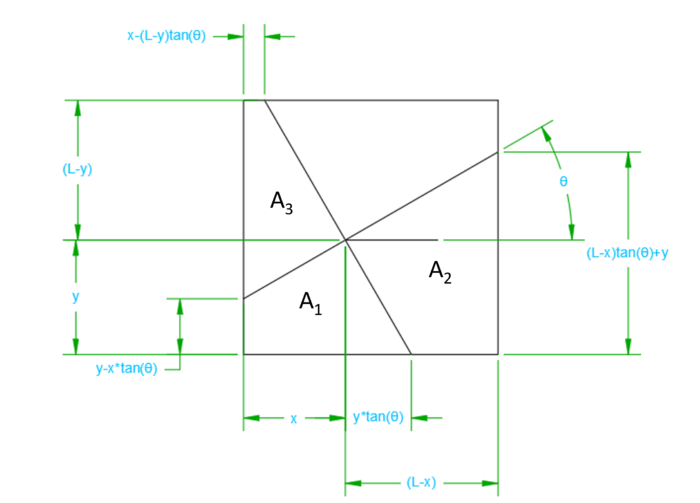1991 OIM Problems/Problem 2
Problem
Two perpendicular lines divide a square into four parts, three of which each have an area equal to 1. Show that the area of the square is four.
~translated into English by Tomas Diaz. ~orders@tomasdiaz.com
Solution
First let's find the area of ![]() :
:
![]()
![]()
Now lets find the area of ![]() :
:
![]()
![]()
Now lets find the area of ![]() :
:
![]()
![]()
Now we need to solve for ![]() ,
, ![]() and
and ![]() in the following system of equations:
in the following system of equations:

- Note. I actually competed at this event in Argentina when I was in High School representing Puerto Rico. I got partial points because I couldn't prove this but had somewhat of an approach to get there.
~Tomas Diaz. orders@tomasdiaz.com
Alternate solutions are always welcome. If you have a different, elegant solution to this problem, please add it to this page.










